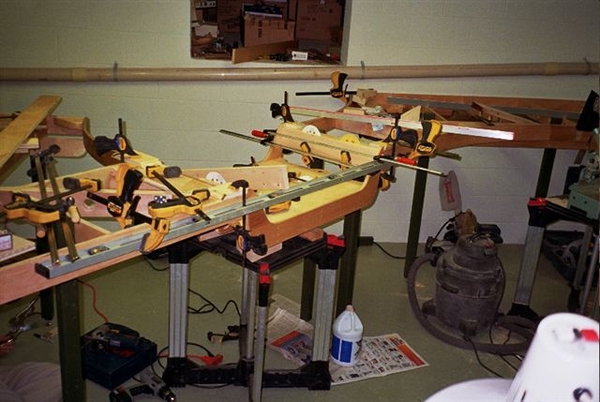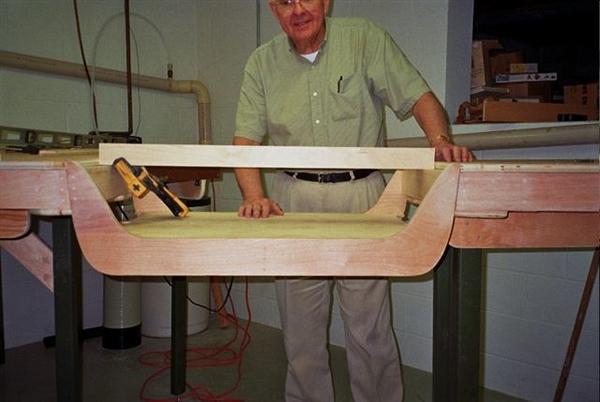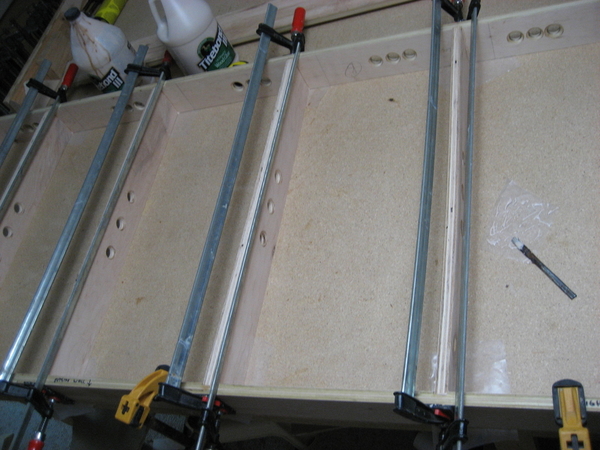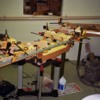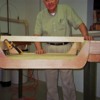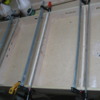My experience is the same as Mixed Freight with one caveat. Some lumber is more susceptible to this than others. In my current home 10 years old, the bathroom wall pulls away from the vanity countertop every winter and then returns and closes the 1/8 ++ inch gap every year. This has been going on every year for a decade... It doesn't happen to any of the walls in the kitchen thank goodness, so there's something about the framing in that bathroom wall that's different.
One recommendation is to stay away from 2 x 4's in model RR benchwork construction. There have been numerous books published discussing L-Girder and joist benchwork construction (Lynn Wescott is the author), and he strongly discourages use of commercial 2 x 4's.... I believe they are just a lower grade of lumber that is subject to twisting/warping which is why they are only used for rough framing homes.
I also tend to purchase higher quality plywood with more ply's (layers), and avoid the cheapest sheet materials for layout work, it just isn't worth the savings and resulting hassle later.
My personal opinion is that the degree of "movement", growing, shrinking, twisting being worse in certain pieces is "internal stresses" in the lumber due to the straightness, and orientation of the grain to the finished sides.
I use a lot of mahogany in historic window restoration, and I cut it into thin strips 3/8 x 7/8 for "parting beads". What I have learned over 10 years is pick lumber with really straight grain, because when I don't the parts twist immediately after cutting them on a table saw..... For the past 8 years, I always clamp them back together after cutting so they don't move, (twist & warp) before I have a chance to install them in the grooves they go into to form the window tracks..... I suppose this is closely related to why "quarter sawn" wood sells at a premium, as it's cut so the grain is perpendicular to the wide face and it's known to be far more stable over time.... Sorry for the long explanation.
I don't have a heated basement, but it's well insulated... I do run a dehumidifier in the summer months to lower the humidity levels.... I do it mostly to prevent preserve the trains, and because I can't stand that damp smell, but I am sure it helps to keep the wood products from changing the moisture content as the humidity rises.




